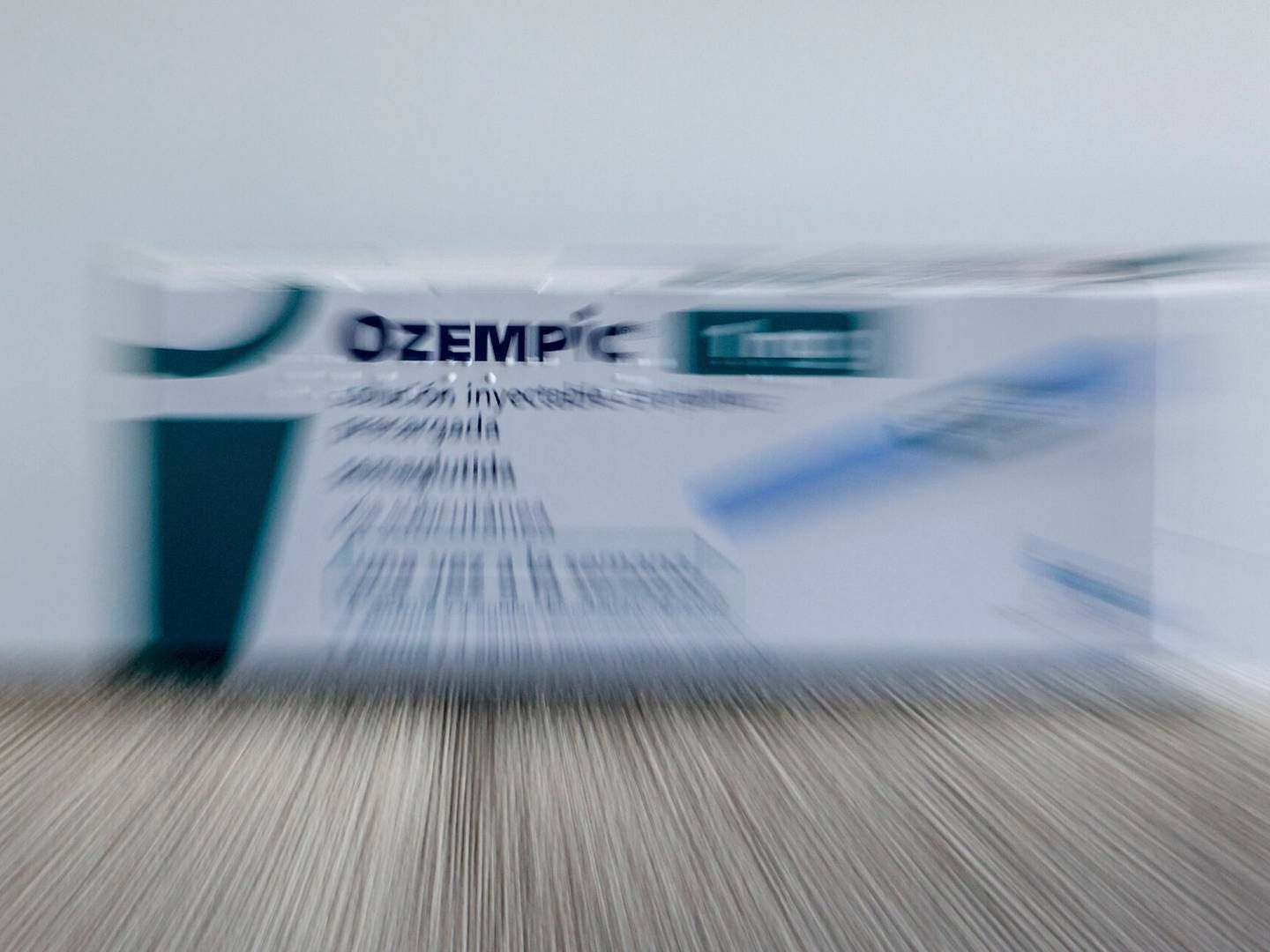Study links Novo Nordisk blockbuster to rare vision loss

An earlier version of this article stated that just 37 people were involved in the trial. This is incorrect - 37 people experienced vision loss out of a total of 1,689 participants. MedWatch.com apologizes for the error.
Novo Nordisk’s blockbuster diabetes and obesity drugs Ozempic and Wegovy, both based on the active ingredient Semaglutide, have been linked to rare cases of systolic loss in a study according to Bloomberg News, citing results published in Jama Ophthalmology.
A study conducted at Massachusetts Eye and Ear, a hospital affiliated with Harvard University, found that obese patients taking Wegovy were seven times more likely to experience a form of vision loss called NAION than patients taking other obesity medications.
For the diabetic patients taking Ozempic, the risk was four times higher.
37 people experienced the vision loss out of a total of 1,689 patients, which, according to the authors from Harvard, means the study is relatively small, reducing its statistical value and meaning larger studies are needed to confirm or refute the results.
”I don’t think this is a strong enough signal to take the medication away from patients,” Susan Mollan, a neuro-ophthalmologist who wrote an accompanying paper for the study in Jama Ophthalmology, told Bloomberg News.
The study was conducted after doctors noticed a few cases of vision loss in patients taking Semaglutide.
NAION (Non-Arteritic Anterior Ischemic Optic Neuropathy) is a condition in which the blood supply to the optic nerve is interrupted, leading to sudden vision loss.
It usually affects one in 10,000 people per year for obese patients and one in 50,000 per year for diabetic patients.
The result is typically permanent partial vision loss and there is no standard treatment for the condition.
English edit: Catherine Brett





























